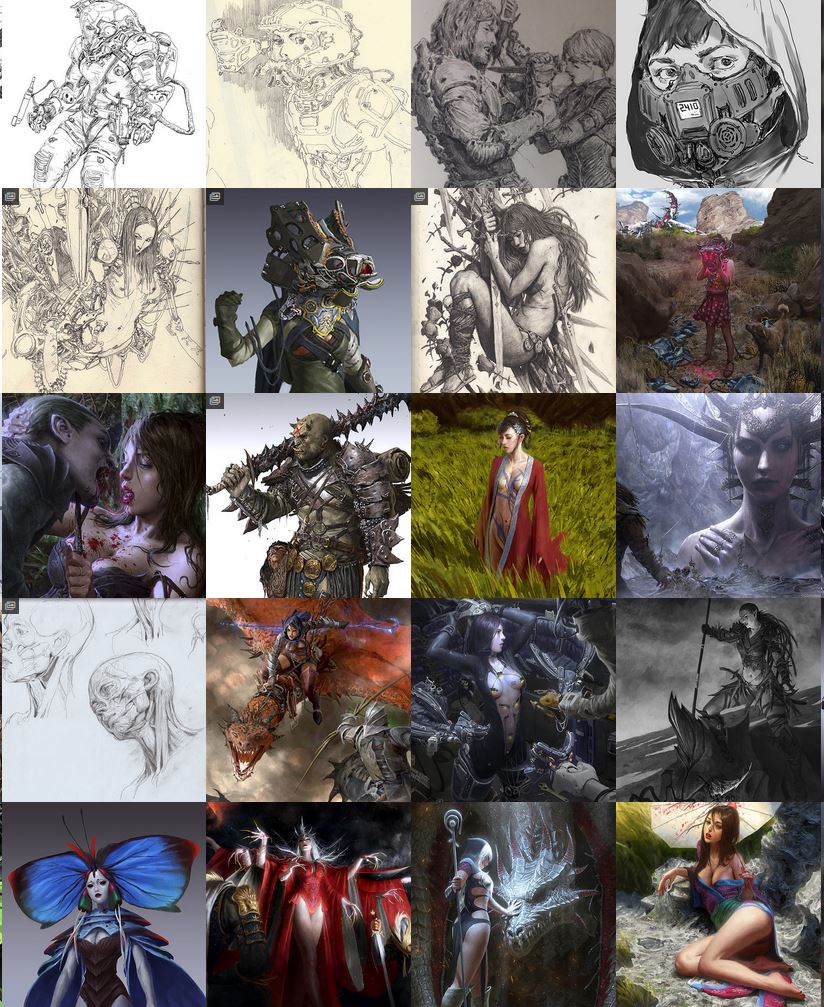Views : 1,053





3Dprinting (179) A.I. (899) animation (353) blender (217) colour (241) commercials (53) composition (154) cool (368) design (657) Featured (91) hardware (316) IOS (109) jokes (140) lighting (300) modeling (156) music (189) photogrammetry (197) photography (757) production (1308) python (101) quotes (498) reference (317) software (1379) trailers (308) ves (573) VR (221)
POPULAR SEARCHES unreal | pipeline | virtual production | free | learn | photoshop | 360 | macro | google | nvidia | resolution | open source | hdri | real-time | photography basics | nuke
Author: pIXELsHAM.com
-
-
Lukasz Laniecki – Is it okay to hate a family member?
It’s normal.
Usually we don’t hate people.
We hate what they do to us or how they make us feel (or how we make ourselves feel after hearing something they said/ experiencing something they did).We hate the limitations they impose on us.
We hate the fact that they want to control our lives,
We hate the fact that their negative attitude (mindset, set of beliefs) wreaks havoc with our own lives.
We hate the fact that they don’t respect / appreciate us, or that they ridicule our efforts/ make fun of us, etc.
So usually there is nothing intrinsically bad (or wrong) with “hating someone”. We don’t hate them, we hate this situation/ how our lives are being affected.
Usually, when we say “I hate her” it means
I don’t like the fact that she…/ I feel bad when this happens to me/ It hurts when…/ I think I am right and she is wrong/ I don’t understand her.
That’s also what children mean when they say to their parents “I hate you”.
I mean, is it possible that a regular 9-year-old (not a child soldier/ guerrilla fighter somewhere in Africa, or elsewhere, with a screwed up psyche) is really capable of hating the other person for no reason?
Clearly there is always some reason why a 9-year-old (or 15-year-old) would say that to his/ her parent or teacher. What other reason he/she has to “hate this person”? It’s always because he/she doesn’t like something about this situation he/she is in.
Those are rare individuals who truly hate other people, when the sole reason for hating this person is her sheer existence. People they have zero connection to. People they never met before. People they didn’t even know existed before they met them for the first time.
When there is connection/ some kind of ongoing relationship, people know each other and interact, there always is a reason. It’s never that they truly hate this person for no reason – when such reason is ‘because’.
Figure out in what way your life is being affected. What you don’t like. Change that.
Go to the root of it. Don’t dwell in that feeling. Focus on what you don’t like about the situation and try to change it. Even if it means moving out of this house or cutting yourself off entirely.
Remember the chances are huge it’s not your family member you hate. It’s the situation.
Usually we can change the situation we’re in.
-
11 The Nine Situations | The Art of War by Sun Tzu
https://tweakyourbiz.com/global/the-art-of-war
– Being prepared at what you do can be the difference between success and failure when things go wrong
– Your king is your own customers. If you care for them, they will care for your project. Anticipate their needs, desires, wants and fulfill them with an unbiased mind.
– Understand and respect the scope, ownerships and accountabilities of the project you work on.
– Be subtle and diplomatic. You can only learn when you listen. But always be prepared to answer and follow up.
– Share efforts with other people in the project by offering free help, as that will come back as an investement.
– Focus on key elements of a production which are the least organized or efficient.
– Validate and qualify your resources before taking on a plan.
– Invest into a plan only if you are sure it can be completed successfully.
– Value a project’s requirements and its users’ experience before the technology development itself.
– Motivate your teams by the gains in specific production investments.
– Organize tasks and teams based on their strenghts and self efficiency.
– Analyze the project’s requirements and resources. Then prioritize them accordingly.
– Observe and resolve bottlenecks, opportunities and users’ needs
– Detail a plan B as soon as you striclty commit to a detailed plan A.
– Dedicate some time and small teams to research efficient alternatives.
– Build only and always on top of stable and known cycles.
– Focus on the big items if they can resolve a lot of small ones.
– If something worked before is still worth to think out of the box.
– Combine all your team strengths into a unified collaborative effort.
COLLECTIONS
| Featured AI
| Design And Composition
| Explore posts
POPULAR SEARCHES
unreal | pipeline | virtual production | free | learn | photoshop | 360 | macro | google | nvidia | resolution | open source | hdri | real-time | photography basics | nuke
FEATURED POSTS
-
MiniTunes V1 – Free MP3 library app
-
AI and the Law – Netflix : Using Generative AI in Content Production
-
Sensitivity of human eye
-
Black Forest Labs released FLUX.1 Kontext
-
Matt Hallett – WAN 2.1 VACE Total Video Control in ComfyUI
-
Emmanuel Tsekleves – Writing Research Papers
-
Decart AI Mirage – The first ever World Transformation Model – turning any video, game, or camera feed into a new digital world, in real time
-
White Balance is Broken!
Social Links
DISCLAIMER – Links and images on this website may be protected by the respective owners’ copyright. All data submitted by users through this site shall be treated as freely available to share.


